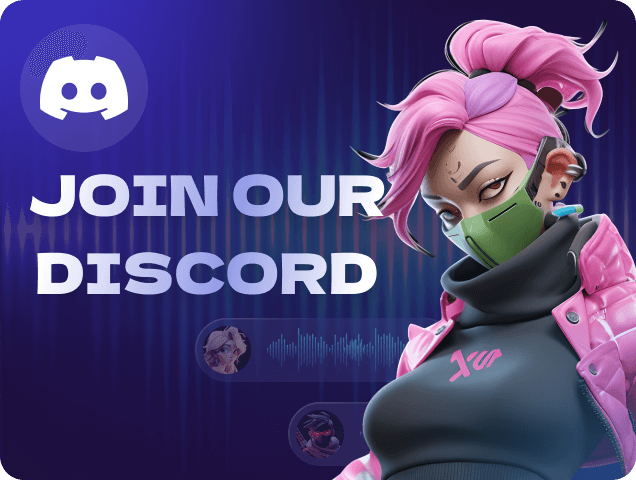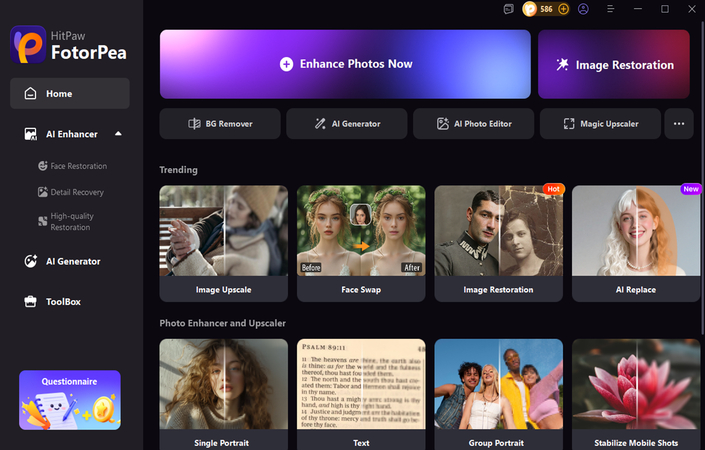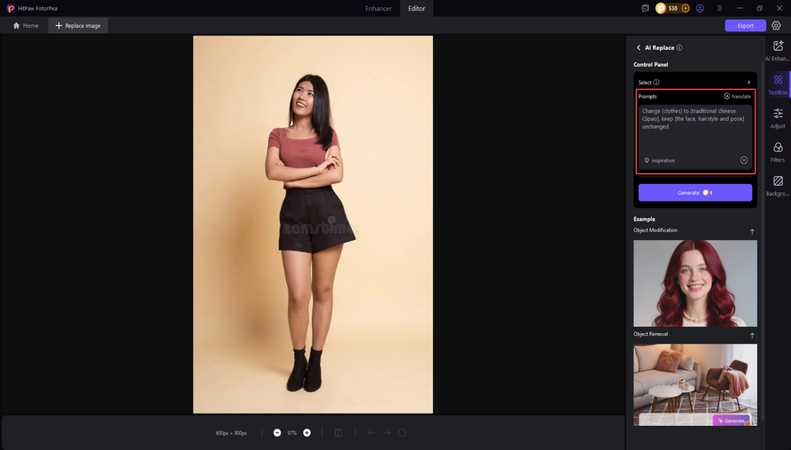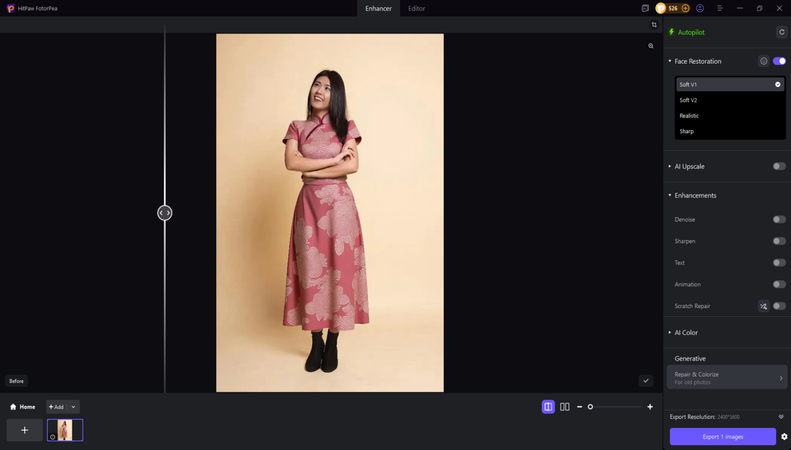A Complete Guide to Traditional Chinese Clothing with AI Replace
Chinese traditional clothing remains an outstanding reflection of the country's long and rich history. Every piece of this attire reveals the story of the dynasties, customs, artistry, and identity.
Traditional Chinese clothing doesn't represent only the style, but it also offers some deep cultural meaning. Chinese clothing has surely evolved amazingly through thousands of years, shaped by the dynastic changes, social ranks, and regional differences.
In this post, we are all set to talk about all the credentials of the Traditional Chinese attire, along with some of the most famous Chinese traditional attire.
Part 1. Introduction to Traditional Chinese Clothing
Clothing in ancient China was more than just a matter of style; it was a reflection of one's occupation, social standing, and even moral principles. The dynasty's culture and the wearer's status were frequently represented in the embroidery, colors, and materials utilized. For instance, professors favored modest yet elegant designs that symbolized learning and humility, while emperors wore dragon robes embroidered with gold thread to demonstrate their might.
As new dynasties arose over time, these fashions changed. Every age added distinctive elements that combined comfort and symbolism, such as high collars, layered clothing, or wide sleeves. Additionally, traditional attire placed a strong emphasis on harmony with the natural world, frequently utilizing organic hues and flowing lines.
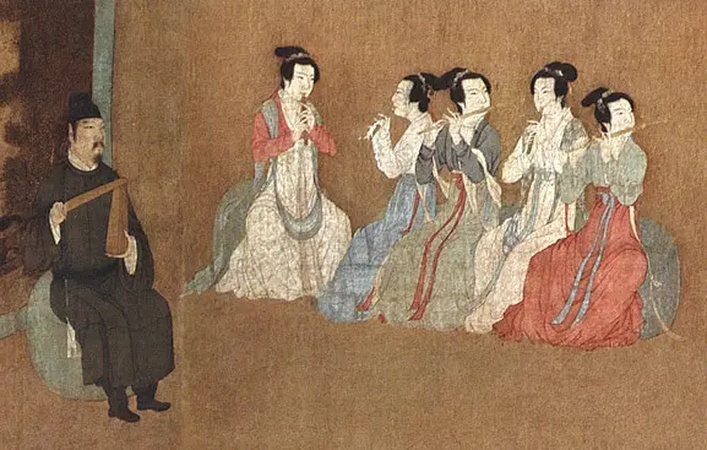
Part 2. Famous Chinese Traditional Clothing
1. Hanfu
With roots dating back over 4,000 years to the Han Dynasty, the Hanfu is among the most traditional and recognizable clothing in Chinese history. It can be identified by its long flowing robes, crossing collars that overlap to the right, and wide sleeves. The classic aesthetic of harmony, balance, and elegance—values ingrained in Chinese philosophy as it is embodied by hanfu.
There were distinct Hanfu styles for different classes and events. At the same time, regular people wore cotton or linen Hanfu for comfort, scholars and aristocrats frequently donned silk versions with delicate embroidery. Women's hanfu was more layered and colorful, and it was often accessorized with belts or flowing ribbons to highlight elegance.
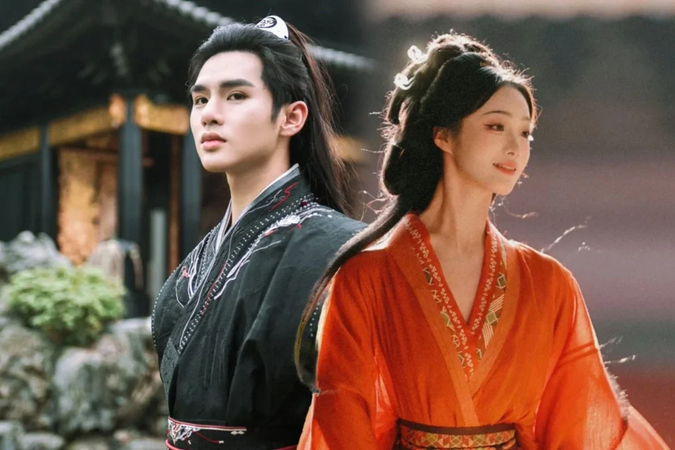
2. Qipao / Cheongsam
The Qipao, also known as the Cheongsam, is the ideal fusion of contemporary design and classic charm. Although it dates back to the Qing Dynasty, it gained popularity in Shanghai in the 1920s and 1930s as a representation of the refinement of contemporary Chinese ladies.
This dress is well-known for its high collar, figure-hugging style, and sophisticated side slits that accentuate elegance and delicacy. The Qipao, which is made of opulent materials like silk and brocade, is frequently embellished with peony designs, phoenix patterns, or flower embroidery as all of which are representations of wealth, beauty, and good fortune.
The Qipao has changed over time in tandem with fashion. Contemporary styles combine Western tailoring methods with traditional Chinese art, and they are available in a variety of lengths and materials. It continues to be a popular option for banquets, weddings, and cultural performances since it embodies classic elegance.
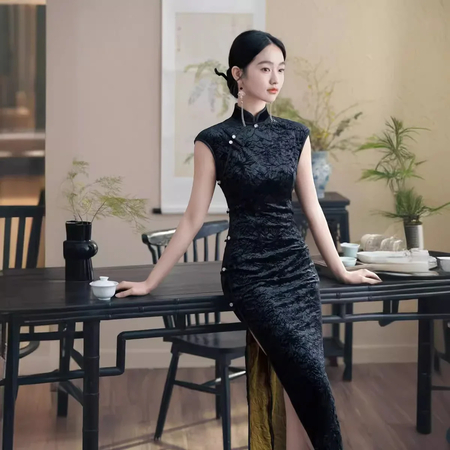
3. Tang Suit
The traditional garment known as the Tang Suit (唐装 Tangzhuang) has come to represent Chinese identity and festivities. Despite its name, it was influenced by the Qing Dynasty's "Magua" (horse jacket) rather than being directly from the Tang Dynasty. The Tang Suit has frog buttons, a Mandarin collar, and frequently embroidered designs such as clouds, dragons, or emblems of longevity.
Though ladies also wear contemporary variations, guys typically wear this clothing. The Tang Suit is particularly well-liked for official ceremonies, marriages, and the Chinese New Year because it symbolizes respect, happiness, and good fortune. Tang Suits' usage of the colors red and gold represents good fortune and wealth.
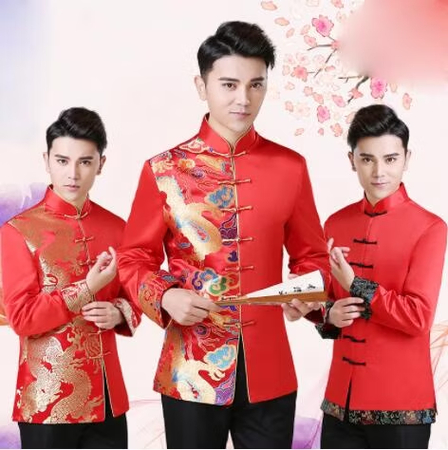
4. Zhongshan Suit
Early in the 20th century, revolutionary leader Sun Yat-sen (Sun Zhongshan) created the Zhongshan Suit, which is globally referred to as the Mao Suit. The suit is both symbolic and functional since it blends Western tailoring with traditional Chinese design.
Its four front pockets, stand-up collar, and straight cut all stand for one of the fundamental Confucian values: honor, justice, integrity, and propriety. In Sun Yat-sen's political ideology, the five central buttons on the front stand in for the five branches of government.
The Zhongshan Suit, which was worn extensively during the early years of modern China, came to symbolize progress and national cohesion. It is still regarded as a formal dress for diplomatic and state functions.
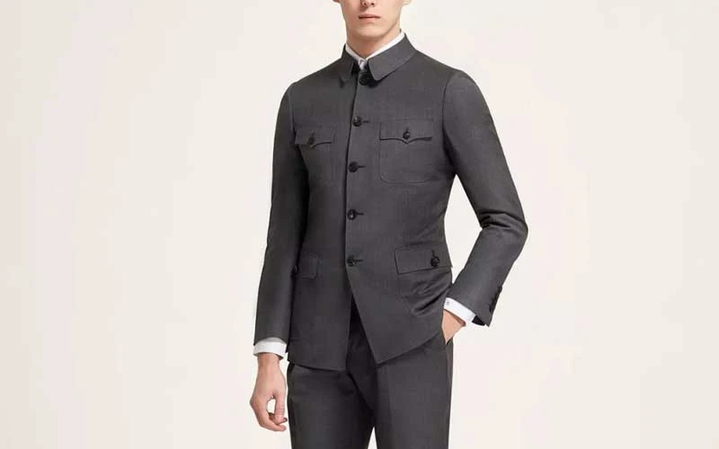
Part 3. The Best Traditional Chinese Clothes to Try on with HitPaw FotorPea
If you've a desire to wear traditional Chinese clothes to check how you look in that outfit, HitPaw FotorPea comes in handy, allowing you to transform your photo outfit into conventional Chinese garments. It provides an effortless user interface that makes it look simple for even newcomers to enter the text description of what type of traditional Chinese attire men's images you'd like to create.
The efficiency of the HitPaw FotorPea is such that it doesn't affect the quality of the images while applying the spectacular AI replace effects to change the outfits of a photo. Luckily, while exporting traditional Chinese clothes photos, this tool doesn't insert watermarks in the images, making it simply the best way to change the outfits of a photo.
Features
- Change the outfits in a photo to traditional Chinese attire.
- Works on Mac and Windows
- No image quality loss found while changing the outfits of a photo
- Doesn't input the watermark in the traditional Chinese attire
- Enables you to enhance the Chinese traditional attire photo
- Customize the background of Chinese attire images
How to access the traditional Chinese attire images with HitPaw FotorPea?
-
Install HitPaw FotorPea on the computer after going to the official webpage, and then select the AI Replace function while starting the software.

-
Now you're required to input the photo you want to change the outfit of, and once you're done uploading the photo, you'll need to write the direction in which you'd like to turn the outfit.

-
By choosing the Generate button, you can start turning a normal photo into Chinese traditional attire. The process doesn't take much time, provided you've got a fast internet connection. After previewing the traditional Chinese attire outfits, you'll need to press on the Export icon to download the photo of the traditional Chinese attire.

Part 4. FAQs of Traditional Chinese Clothing
The most recognized traditional dresses in Chinese culture are the Tang suit, Qipao, and Hanfu. Each of these outfits will represent the period of China's history from the ancient dynasties to modern times. The Hanfu is well remembered for its flowing elegance, the Tang suit for its cultural symbolism and dignity, and the Qipao for its modern beauty.
A traditional Chinese skirt is well known as the qun. It was well-worn with a top called ru forming the ruqun outfit. The skirt was usually wide and long, symbolizing elegance and modesty, and it was made with silk or other fine materials.
Final Words
Traditional Chinese clothes carry the spirit and grace of a civilization that values beauty, harmony, and cultural depth. From the refined Cheongsam to the timeless Hanfu, these garments continue to reveal the stories of the respect, artistry, and identity that may have lasted for thousands of years.
If you want to explore the fun of wearing traditional Chinese dresses, you can watch out for HitPaw FotorPea, as it allows you to change the outfit of a photo into Traditional Chinese attire without affecting the quality of the images.
Leave a Comment
Create your review for HitPaw articles

